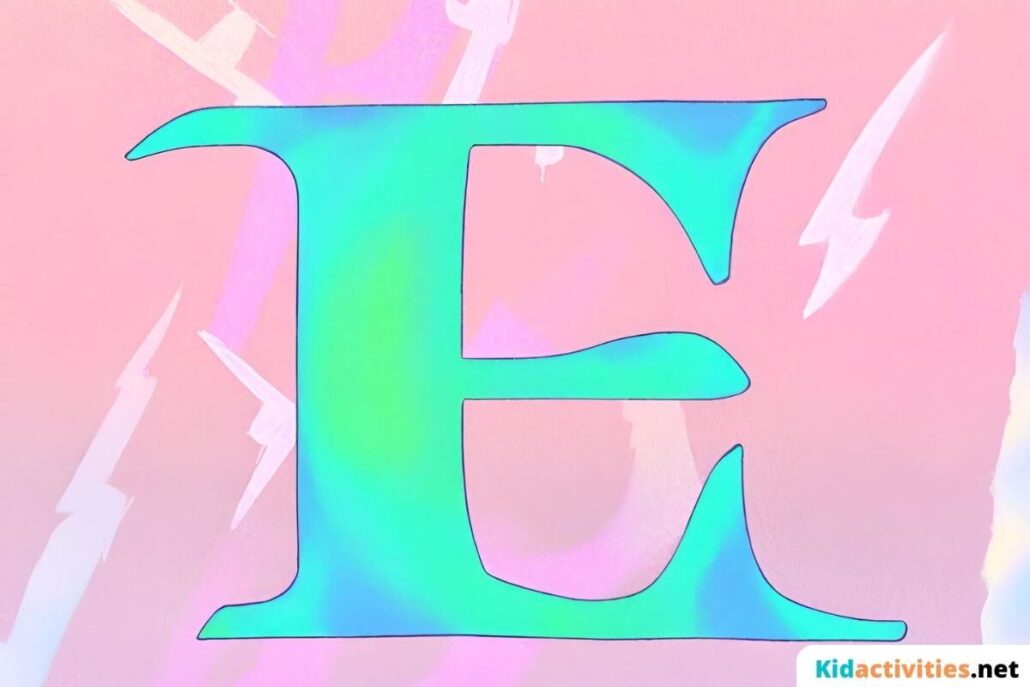Silent ‘e’ words – you’ve seen, pronounced them, and sometimes even puzzled over them. They’re a quirky feature of the English language, often adding an unexpected twist to pronunciation. While they may appear unassuming, they make the English language more intricate and fascinating.
In this article, we’ve listed down the most commonly used silent ‘E’ words as well as their pronunciation and definition so you can use them with confidence and enhance your command of the English language.
Silent ‘E’ Words to Boost Your Vocabulary
1. Bake

“Bake” means to cook food by subjecting it to dry heat in an oven. It’s a fundamental culinary technique used to transform ingredients like dough or batter into mouth-watering creations such as bread, cakes, and pastries.
2. Core

“Core” refers to the central, innermost part of something. For fruits like apples, the core is the central portion that often contains seeds.
On the other hand, “core” can also refer to the innermost part of the Earth, which is the molten region at the planet’s center.
3. Shine

“Shine” means to emit or reflect light, often to glow brightly. “Shine” may also refer to demonstrating exceptional skill or talent in a particular field, as in the phrase “he really knows how to shine in his profession.”
4. Drive

“Drive” refers to operating a vehicle or guiding a team or effort towards a goal. The concept of drive encompasses a complex interplay of motivation, ambition, and persistence, and it is a fundamental aspect of the human experience that has fueled some of our greatest accomplishments throughout history.
5. Hope

“Hope” is a feeling of optimism or expectation for a positive outcome. It is a fundamental human emotion that transcends cultural, geographical, and temporal boundaries.
It is a beacon of light that guides us through the darkest of times, a force that propels us forward, and a source of inspiration that fuels our dreams and aspirations.
In the face of adversity, hope stands as a pillar of strength, reminding us of the limitless possibilities that await us.
6. Write

Words are the building blocks of communication and knowledge, and writing is the art of transforming these words into a lasting form.
From the earliest cave paintings to the digital age of blogging and social media, the act of putting words on paper or screen has played a vital role in shaping human civilization.
“Write” is the act of forming letters, words, or symbols on a surface, typically using a pen, pencil, or keyboard.
7. Dance

“Dance” involves rhythmic movement of the body, often in response to music or a beat.
It is a form of artistic expression that has been an integral part of human culture for centuries, captivating audiences with its mesmerizing movements and emotional depth.
8. Solve

“Solve” means to find a solution or answer to a problem or puzzle. Solving problems is an innate and essential aspect of human existence.
From the simplest everyday dilemmas to complex global challenges, the ability to find solutions is a hallmark of our species.
9. Wave

“Wave” refers to a moving ridge or swell on the surface of water. It can also signify a greeting gesture involving the hand, as in waving hello or goodbye.
10. Smile

“Smile” is a facial expression that conveys happiness or friendliness by turning up the corners of the mouth. It’s a universal sign of positive emotion.
11. Define

“Define” means to explain the meaning or essence of something. It involves providing a clear and concise description or definition of a concept or term.
12. Flame

“Flame” refers to the visible, glowing gas produced by burning a material. It’s often associated with fire, heat, and combustion.
13. Share

“Share” means to distribute something among others. It commonly refers to dividing something like information, resources, or responsibilities among a group of people.
14. Ripe

“Ripe” describes fruits or other things that are fully mature and ready to be eaten or used. It signifies the optimal stage of readiness for consumption.
15. Guide

“Guide” refers to a person or thing that leads or directs others. It provides assistance, information, or advice to help individuals or groups navigate a particular path or process.
16. Cure

“Cure” means to alleviate or eliminate an illness or medical condition. It can also refer to a solution or remedy for a problem or difficulty.
17. Hike

“Hike” means to go on a long walk or trek, often in a natural or wilderness setting. It’s an activity enjoyed for both exercise and exploration.
18. Glare

“Glare” refers to a strong, harsh, and blinding light. It can also denote an intense and hostile stare or look directed at someone.
19. Joke

“Joke” refers to a humorous story, statement, or anecdote that is meant to amuse or entertain. It’s a form of humor often used in social interactions.
20. Age

“Age” refers to the length of time a person or thing has existed or has been in existence. It can also describe a particular period in life or history.
21. Dare

“Dare” means to have the courage or audacity to do something challenging or risky. It often implies a willingness to face danger or difficulty.
22. Frame

“Frame” refers to the structure or border that surrounds and supports a picture, painting, or photograph. It’s essential in the world of visual arts.
23. Grate

“Grate” means to shred or reduce something into small pieces by rubbing it against a rough surface, often used in food preparation.
24. Hide

“Hide” means to keep something out of sight or to conceal it. It can also refer to the skin of an animal, especially when used for leather.
25. Invite

“Invite” means to ask someone to come or join a social event, gathering, or occasion. It’s a gesture of welcome and inclusion.
26. Line

“Line” refers to a straight or curved path extending in one dimension, often used in mathematics, geometry, and various fields of science.
27. Mute

“Mute” can refer to a person who is unable to speak or to silence or soundlessness, especially in the context of musical instruments.
28. Race

“Race” can refer to a contest of speed, often involving running, swimming, or driving. It can also denote a categorization based on physical characteristics.
29. Side

“Side” refers to one of the two surfaces of an object or area. It can also represent a particular viewpoint or stance in a discussion or conflict.
30. Taste

“Taste” refers to the sensation experienced when something is perceived through the sense of taste. It can also mean one’s preference or inclination.
31. Vote

“Vote” means to express one’s choice or opinion in an election or decision-making process by marking a ballot or providing verbal support.
32. Wise

“Wise” describes someone who has knowledge, experience, and good judgment. It denotes intelligence and the ability to make sound decisions.
33. Ache

“Ache” refers to a continuous, dull pain or discomfort experienced in a specific part of the body.
Ache, an intrinsic part of the human experience, is a sensation that transcends physicality and delves into the depths of our emotions and consciousness.
It is a nuanced and complex phenomenon, often serving as a signal of distress, an emotional response, or a reflection of our internal state.
Aches can manifest in various forms – from the physical discomfort of a headache to the deep-seated ache of a broken heart.
34. Before

“Before” denotes a period of time earlier than a specified moment or event. It indicates the sequence of occurrences.
35. Choose

“Choose” means to select or pick something or someone from a set of options or possibilities. It is the ability to select from a multitude of options, each carrying its own consequences and opportunities.
36. Gauge

“Gauge” refers to an instrument or device used to measure, assess, or determine the dimensions, capacity, or quantity of something.
37. Prize

“Prize” can refer to a reward or recognition given to the winner of a competition, contest, or achievement. It serve as tangible symbols of recognition and excellence.
38. Mate

“Mate” can refer to a friend, partner, or companion. It’s often used informally to address someone. It is a small but versatile word that carries a multitude of meanings and connotations.
39. Phase

“Phase” denotes a distinct stage or period in a process, development, or sequence of events. It carries a multifaceted range of meanings, reflecting its importance in describing transitions, cycles, and stages.
40. Dive

“Dive” refers to the action of plunging or jumping into water headfirst, often for recreational or exploratory purposes. The word Dive serves as a versatile and evocative term that captures the essence of exploration and discovery.
41. Ride

“Ride” refers to the act of traveling in or on a vehicle, animal, or amusement attraction, often for the purpose of transportation or enjoyment.
42. Edge

“Edge” refers to the sharp or pointed side of an object, often used in contexts like knife edges and the edge of a cliff.
43. Mole

“Mole” can refer to a small, usually dark spot or mark on the skin. It can also denote a burrowing, insectivorous mammal.
44. Hire

“Hire” means to employ or engage someone for work or a job in exchange for payment. It encapsulates the action of bringing individuals into organizations and businesses, offering them opportunities to contribute their skills and expertise in exchange for compensation.
45. Cane

“Cane” can refer to a walking stick or staff used for support or balance while walking.
46. Blame

“Blame” means to hold someone responsible for a fault, mistake, or wrongdoing. It involves attributing the cause or responsibility to someone.
47. Bride

“Bride” refers to a woman who is about to be married or has recently been married.
48. Vase

“Vase” refers to a decorative container, often made of glass, ceramic, or metal, used for holding flowers or other ornamental items.
49. Plume

“Plume” refers to a large, fluffy feather, often used decoratively, as in the plumes on a hat. It is the realm of art, fashion reflecting its capacity to evoke images of beauty and creativity.
50. Pure

“Pure” describes something that is free from contamination, impurities, or adulteration. It means anything with untainted, unalloyed, and undiluted qualities.
It represents the absence of contamination, the presence of clarity, and the pursuit of perfection.
51. File

“File” can refer to a collection of documents or records stored together for easy access. It’s also used in the context of computer files.
52. Globe

“Globe” refers to a spherical representation of the Earth or any celestial body, often used for geographical and astronomical purposes.
53. Flute

“Flute” refers to a musical instrument that is often made of metal, wood, or plastic and is played by blowing air across a hole.
54. Kite

“Kite” refers to a toy that is flown in the air, consisting of a frame covered with paper or fabric.
55. Note

“Note” can refer to a brief written message or a musical sound with a specific pitch. The word “note” is a term that can encompass various meanings and interpretations, depending on the context in which it is used. Here are some of the most common examples of the word “note”:
- Written or Typed Message
- Musical Tone
- Observation or Remark
- Written Record
- Acknowledgment or Recognition
- Musical Notation
- Legal Promissory Note
- Tone or Attitude
- Short Record or Summary
56. Page

“Page” refers to one side of a sheet of paper in a book or document. It is used in many different contexts. Here are some common examples of the word “page”:
- Physical Sheet of Paper
- Book or Document Division
- Sheet in a Notebook or Journal
- Virtual Document Page
- Learning Environment
- Summarized Information
57. Smoke

“Smoke” is the visible vapor and gases produced when a substance burns, often associated with fire or tobacco.
58. Time

“Time” represents the continuous progression of events, often measured in hours, minutes, and seconds.
59. Wine

“Wine” is an alcoholic beverage made from fermented grapes or other fruits. It has a long and rich history, dating back thousands of years, and it is enjoyed by people around the world for its complex flavors, cultural significance, and its role in social and culinary traditions.
60. Plate

“Plate” can refer to a flat, typically round dish used for serving food.
61. Rose

“Rose” refers to a fragrant and colorful flower known for its symbolism in various cultures and traditions. It is deeply intertwined with the natural world, human emotions, and cultural symbolism, making it a word that carries both aesthetic and emotional significance.
62. Whale

“Whale” is a large marine mammal, typically known for its immense size and aquatic habitat.
63. Cube
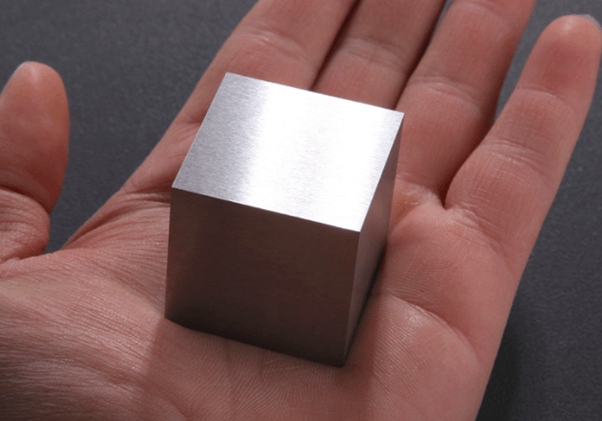
“Cube” refers to a three-dimensional geometric shape with six equal square faces.
64. Grieve

“Grieve” means to feel deep sadness, pain, or sorrow, often due to a loss or unfortunate event.
65. Blue

“Blue” is a color associated with the sky and the sea, often symbolizing calmness or sadness.
66. Bale
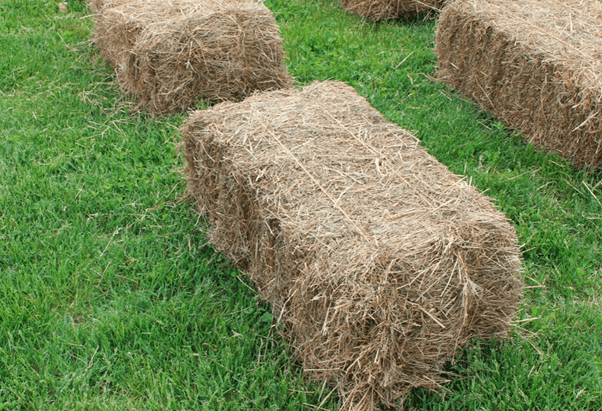
“Bale” refers to a tightly bound bundle of something, often used in agriculture for materials like hay or straw.
67. Glide

“Glide” means to move smoothly and gracefully, often in a continuous and effortless manner, whether in the physical world, music, or various fields of study. It is a valuable word in conveying the idea of graceful and uninterrupted motion.
68. Tame

“Tame” means to make a wild or unruly animal or behavior obedient, docile, or manageable. It conveys a range of ideas related to domestication, control, docility, and a lack of wildness or intensity.
69. Sole
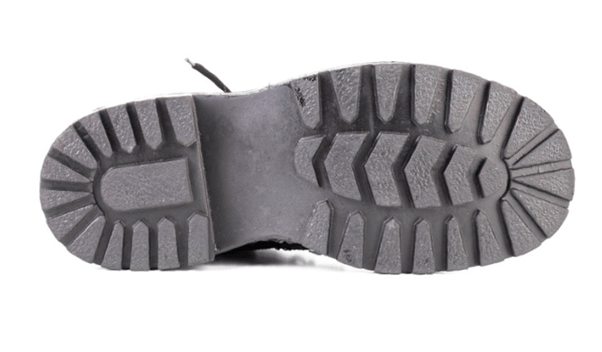
“Sole” can refer to the undersurface of a shoe or foot, providing support and protection.
70. Chase

“Chase” means to follow or pursue someone or something in order to catch or capture it.
71. Gaze

“Gaze” refers to a steady and intent look, often directed at something of interest or significance.
72. Mime

“Mime” refers to a form of theatrical performance where gestures and movements are used to convey a story or message without speech.
73. Angle
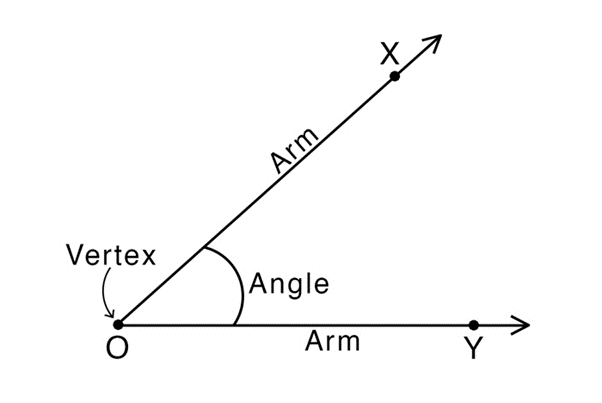
“Angle” denotes the space between two intersecting lines or surfaces, measured in degrees. It’s a fundamental concept in geometry.
74. Curve

“Curve” refers to a smoothly bending line that deviates from a straight path, often used in mathematics, physics, and various fields of science.
75. Expose

“Expose” means to reveal, uncover, or make something visible, often when it was previously hidden or secret.
Silent Letters in Words Add to the Beauty of the English Language
Silent letters in English words are not just quirks of pronunciation; they are a testament to the depth, history, and beauty of the language.
They challenge learners, inspire writers, and add a touch of elegance to the way we communicate.
Appreciating these silent letters is a part of embracing the richness of the English language.
We hope that our list of silent ‘e’ inspires you to create your next literary masterpiece, engage in meaningful conversations, or simply marvel at the intricacies of the language.
These silent letters are like hidden gems waiting to be discovered, adding both charm and complexity to English words.
So, as you explore the fascinating world of English, remember that the silent letters are there, quietly contributing to the language’s enduring allure.
